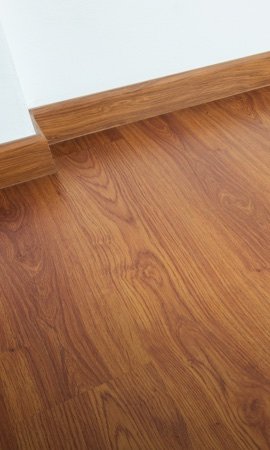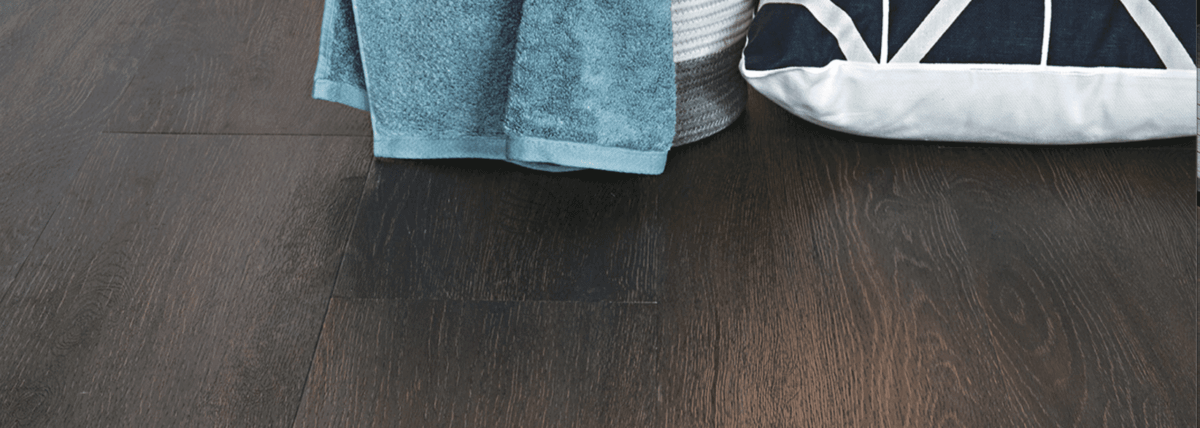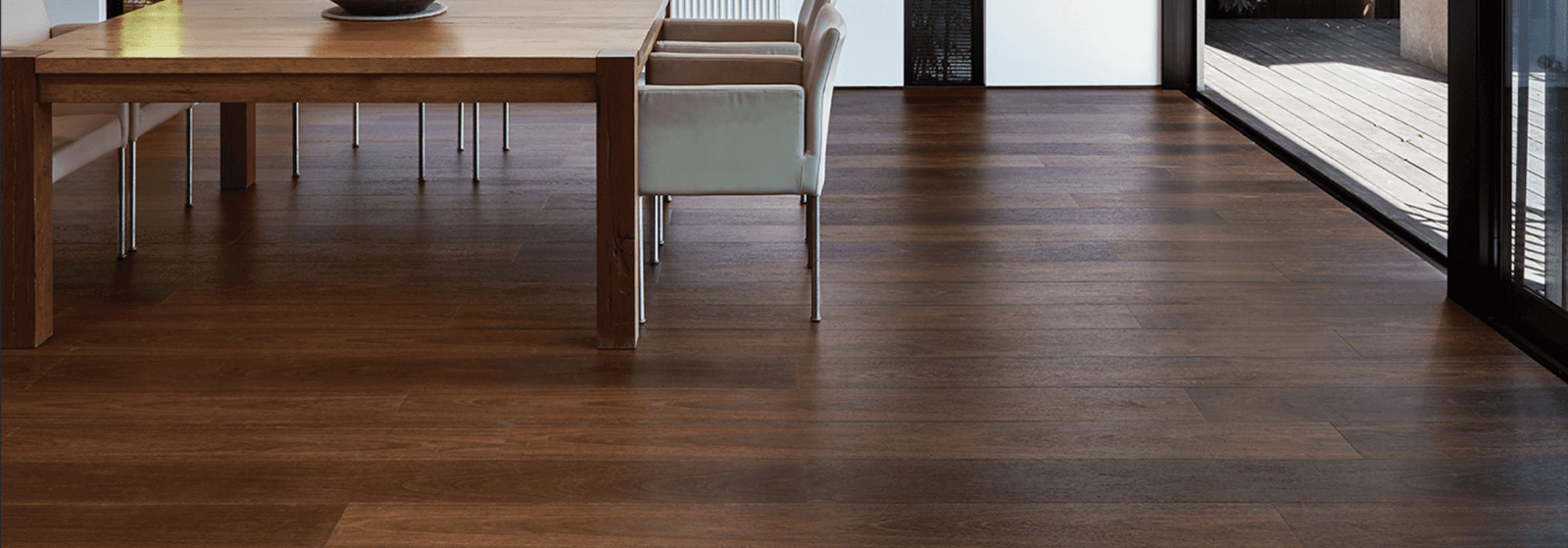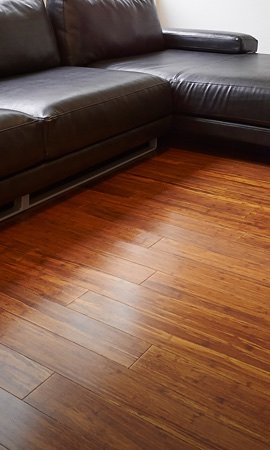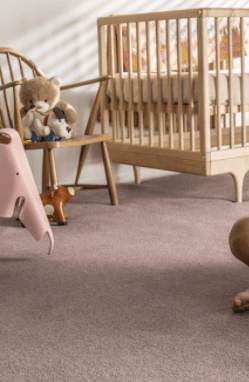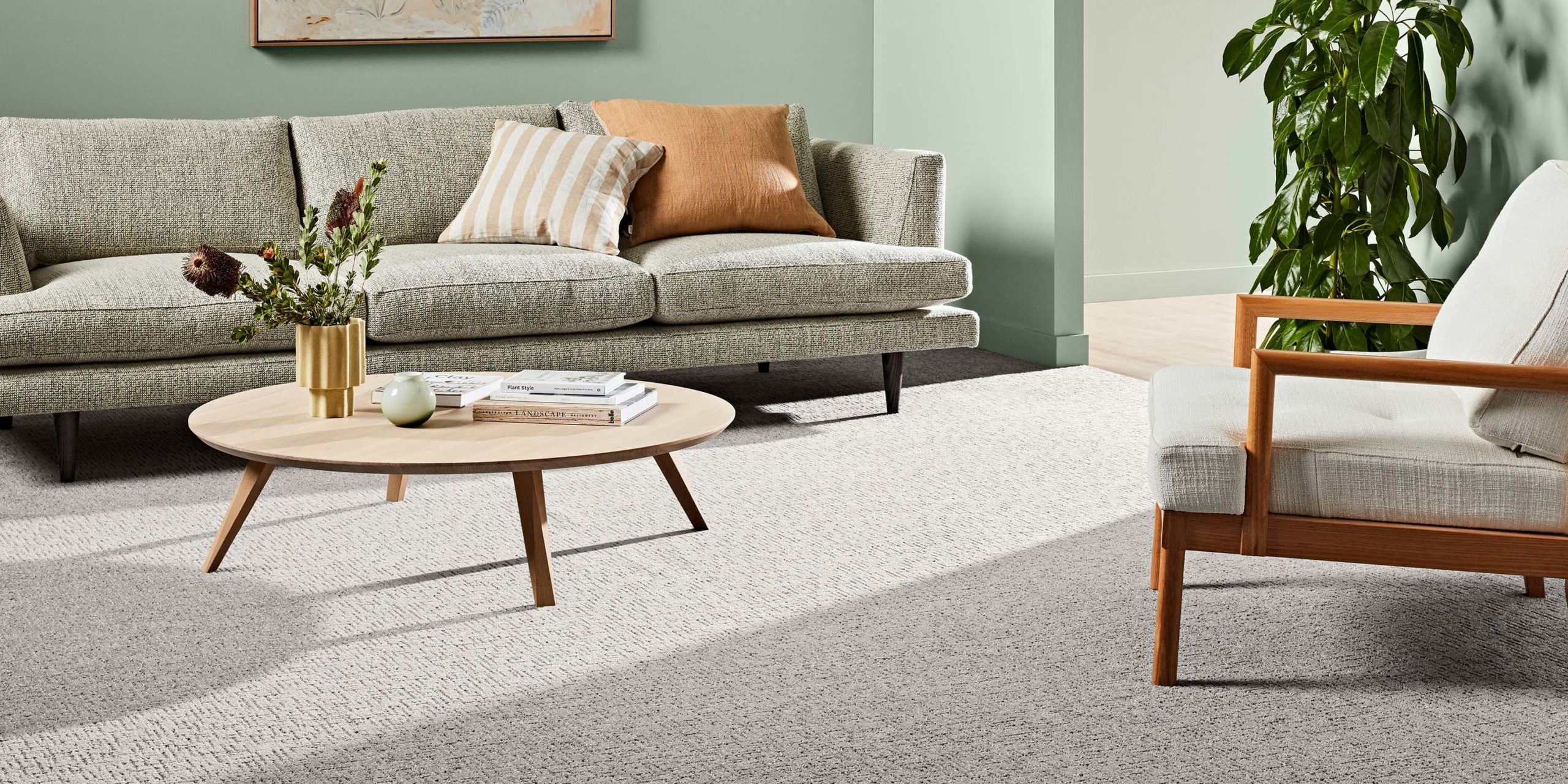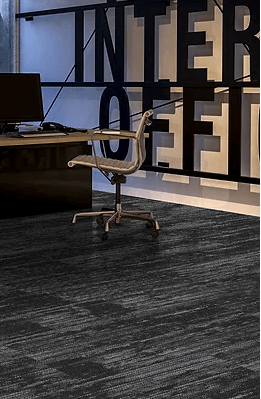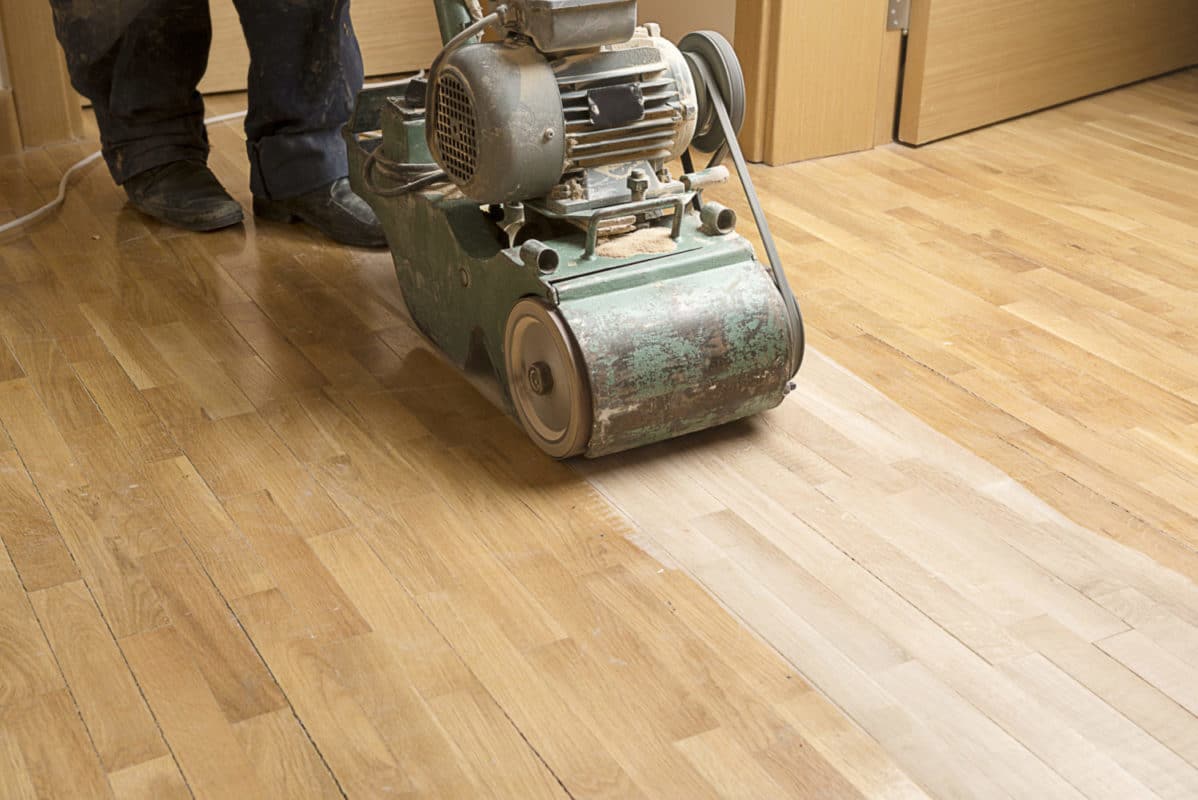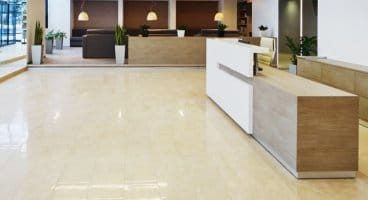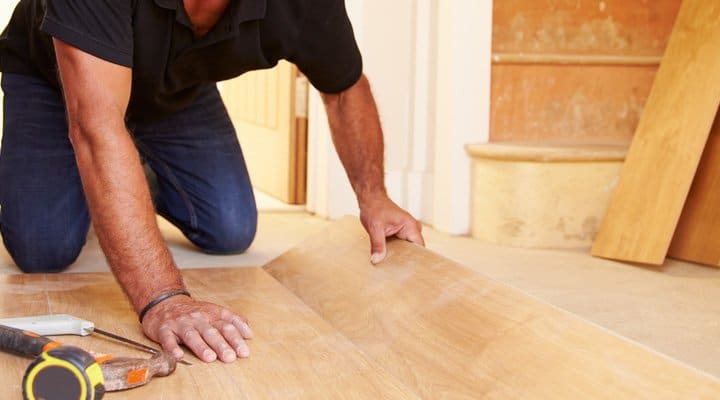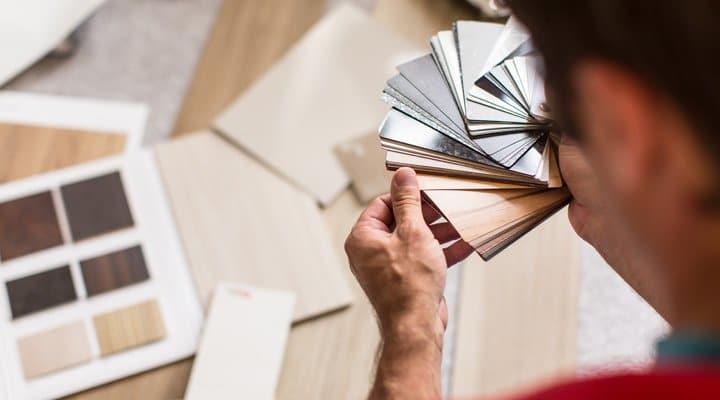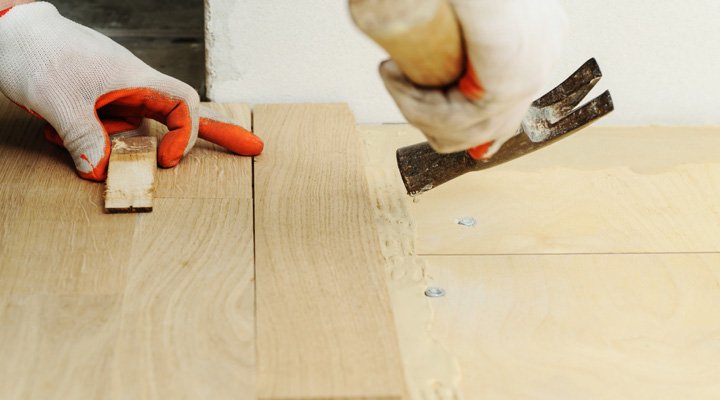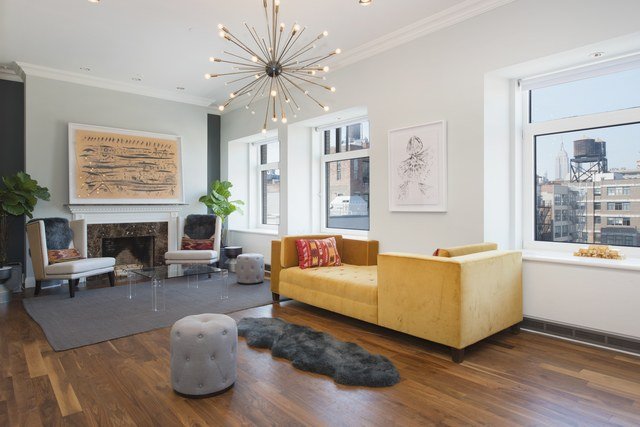

19 Feb 7 Things to Consider When Choosing Laminate Flooring At Home
The installation of laminate flooring has become an increasingly popular choice for Sydney home owners over the past ten or more years. Offering an appealing, durable yet cost-effective alternative to timber, it’s not too hard to understand why.
Of course, these days, there’s a pretty wide choice when it comes to laminate flooring, so making sure you choose the right one for your home can be quite a task.
In this article we’ll provide you with 7 simple things that you should take into consideration once you’ve opted to go down the laminate route, to ensure that you make the best choice for your home.
What exactly is laminate flooring?
Laminate flooring is a synthetic floor type that’s made up of multiple layers, designed to offer the effect of a natural material. Most typically this will be a timber effect, although some modern laminates are also designed to provide a bamboo or stone effect.
The appearance comes from a high definition photo image comprising the top visual layer of the floorboard, which is covered and protected by an invisible laminate coating; which provides the flooring its durability and protection from scratches and other damage.
With advances in technology, so has the quality of modern laminate flooring has improved over the years. Today’s laminate offers a hard-wearing, highly attractive alternative to timber, bamboo or stone.


Understand your budget
We fully appreciate that all home improvements are dependent on budget, and laying new flooring is no different.
One of the reasons to choose laminate is that it tends to be a cheaper, more cost-effective alternative to materials such as timber or bamboo.
Yet being a cheaper option does NOT mean a compromise on quality. Modern laminates offer appearance and quality of finish that’s the equal of these other materials, while its scratch resistance is typically superior to many timbers, offering further benefits.
Clearly, you need to be mindful of the amount of money you have to spend on your laminate floor. However, be wary of prioritising a low cost per metre at the expense of other factors, such as durability.
While choosing a lower budget option may seem like a good way to keep costs down at first, it can prove something of a false economy in the long-term (and flooring should be a long-term investment).
We have a Laminate Flooring Cost Guide which can help you understand the cost of purchasing, installing and maintaining laminate floors.
Understand why different types of laminate floors differ in quality
Like all floor types, there are generally reasons why some laminates are a lot cheaper than others. Whilst laminate floors may look the same, there are a few reasons why there may be price differences:
- Thickness – the thickness of the board has widespread impacts from the sound generated from stepping on the board to the durability of the board’s click joints.
- Inner material – the cores of laminate floors are made from high density materials, but this material can vary greatly from scrap wood to different chemicals. It is important to select a board which has quality inner materials and are health certified.
- Abrasion Coefficient (Scratch Resistance) – whilst laminate floors have very durable surfaces, their scratch resistance varies. Look at the AC standards to determine the scratch resistance of a floor (AC3, AC4 and AC5 tends to be best).
If you’re installing laminate flooring in your living room, for example, full of heavy furniture and regular foot traffic, a less-than-durable floor type is more susceptible to damage and wear and tear, undermining the savings you thought you were making at the outset.
How Water Resistant Does Your Laminate Need to Be?
When considering the location for the laminate floor, always be mindful of how much water or moisture the flooring is likely to be exposed to in its lifetime.
Get this wrong, and it can be a costly mistake to make.
Installing a traditional laminate floor in an area where they are likely to face exposure to surface water – typically a bathroom (and occasionally kitchens) – are NOT recommended.
Laminates are typically installed by attaching together the individual planks, more often than not via a form of click and lock mechanism. This means that there are often unsealed joins between the planks that can allow water to get underneath. The result of which can be bowed and damaged planks.
Today, some laminate floors have much improved water resistance, having developed innovations such as wax seals to moisture barriers – these are imperative for rooms such as kitchens and bathrooms. FloorVenue offers a range of water resistant laminate floors and you can find out more here.


What Look are You Going For?
Much the same as all other floor types, there’s a wide variety of looks and styles of laminate from which to choose; meaning that there’s almost certainly something that will suit the style that you’re looking for.
The decision to go for a particular look and feel will, of course, be a purely personal one, dependent on a number of variants.
Luckily, this is where the versatility of opting for a laminate floor can come into play.
Going for the rustic feel of the countryside? Maybe you need to cast your gaze towards traditional timber effect flooring, or a classic oak perhaps to give you that farmhouse feel. Or perhaps you’re looking for something a little more neutral for that open-planned contemporary Sydney apartment. A laminate that doesn’t draw attention away from the other home décor, or spectacular skyline view.
How big is the room?
The size and space of the room should be taken into consideration when it comes to the type of laminate floor you choose.
If the room is spacious and wide, perhaps with lots of natural light pouring in, maybe an absorbing darker wood finish can add a sense of snug homeliness.
By contrast lighter textured floors can create a sense of spaciousness to a smaller room.
On the subject of space, consider also the amount of furniture that’s going to be in the room as well. It might be that you are making your decision at a time when the room is empty.
Installation – How and Who?
Who will be installing the new floor?
If you’re laying the floor yourself, how experienced in laminate installations are you? If you’re relatively inexperienced, then making the task as easy as possible for yourself should really be something of a priority.
Thankfully, most modern laminate floors are relatively straightforward to install for those of reasonable DIY competence. The introduction of interlocking boards, removing the requirement for glues and such like, makes the process that much easier, helping you to ensure a smooth installation and quality finish.
We have a Guide to DIY Floating Floor Installations here.
On the other hand, if you’re less confident in this area, or have a feeling the area in which it will be laid is ‘a bit fiddly’, then it might be best not to leave it to chance and invest in some professional help. FloorVenue has a range of professional installers that can provide very competitive prices – call us on 9750 5095 to fill out the form below to get a price match now.
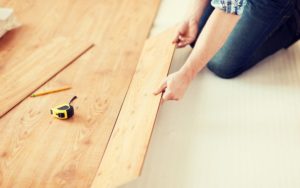

Conclusion
There is a good reason why laminate flooring is so popular in the homes of so many people across Sydney and New South Wales. It offers a versatile, durable and highly attractive option within the home. With such a wide range of choice, there’s a version to suit almost any type of room or home.
However, to ensure that you get the finish that you desire, to the quality you expect, over the long-term, you need to take some key considerations into account.
By knowing the limitations of your budget, and having awareness of the room, environment, and your own personal preferences, you can make the right choice of laminate for your home to be enjoyed for many years to come.
Get a FREE no-obligation quote now
Considering laminate floors for your home? FloorVenue specialises in laminate floors and we provide one of Sydney’s broadest range of options at extremely competitive prices. We are able to do this by partnering directly (no middle-men) with leading manufacturers around the world to source the highest quality laminate floors and have been doing this for over 15 years.
To receive a free, no-obligation quote or beat any quote – fill out the form below and we’ll get back to you within 24 hours!

